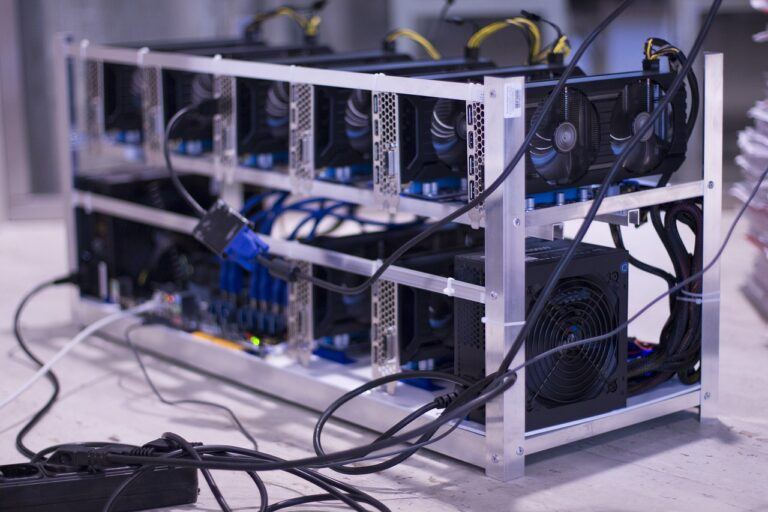Data analyzed by leading fintech media company ChainDD has recently found that six mining pools currently control nearly 75% of the Bitcoin network’s hashrate, and five of them are located in China. Notably, three are associated with crypto mining hardware manufacturer Bitmain.
According to ChainDD’s 2018-2019 Cryptocurrency Market Annual Report, created by its DD Think Tank, 80% of Chinese bitcoin miners are located in Sichuan, and although most cryptocurrency miners are currently located in the country, some are moving overseas “due to restrictions.”
China offers crypto miners cheap energy sources, thanks to various natural resources it takes advantage of. Its government, however, has cracked down on cryptocurrencies in the past, although recently a court ruled Bitcoin should be protected as property by law.
The report further found that large mining companies are more prone to hold onto their mining machines during bearish market turns, as the amount they’ve invested in their operation justifies it. This, it claims, gives them a competitive advantage later on, as they mine at a loss coins that gains value in the long run. It adds:
Additionally, large mining companies are more resilient against risks of BTC price drop, thanks to their advantages in electricity and low price mining equipment.
ChainDD’s DD Think Tank noted that as of January 21, six mining pools – BTC.com, Antpool, SlushPool, ViaBTC, and F2Pool, had 74.48% of the BTC network’s hashrate. These pools, with the exception of SlushPool, are based in China.
Out of these three are related to Bitmain “directly or indirectly.” These are BTC.com, which had over 21% of the network’s hashrate, Antpool (13.9%), and ViaBTC (10.51%), which received investments from the firm.
Bitmain, as CryptoGlobe covered, was eyeing an $18 billion initial public offering (IPO) last year, potentially the largest in history. Since then, it has been revealed the Hong Kong Stock Exchange (HKEX) is “hesitant” to approve its IPO.
Daily BTC Production Dropped
The report further found that the rate of new Bitcoin’s coming into the market decreased last year. It was at an annual high in January of 2018, as 2,038.31 coins entered the market a day, while in November the number dropped to 483.
Notably, Bitcoin’s mining difficulty increased 173.2% throughout the year. November’s dip in the amount of coins coming into the market is associated with Bitcoin Cash’s (BCH) hard fork that created Bitcoin Satoshi’s Vision (BSV).

This, as at the time BTC’s hashrate dropped significantly, presumably as both sides of the fork battled to try and control hashrate. While BSV threatened to mine empty blocks on BCH, the BCH side attempted to stop that from happening, leading to what became known as a hash war.
It’s known that Bitcoin.com’s mining pool, at least, diverted its BTC hashrate to BCH to contribute. Reports suggested before the fork Bitmain deployed 90,000 Antminer S9 ASICs to prepare.









